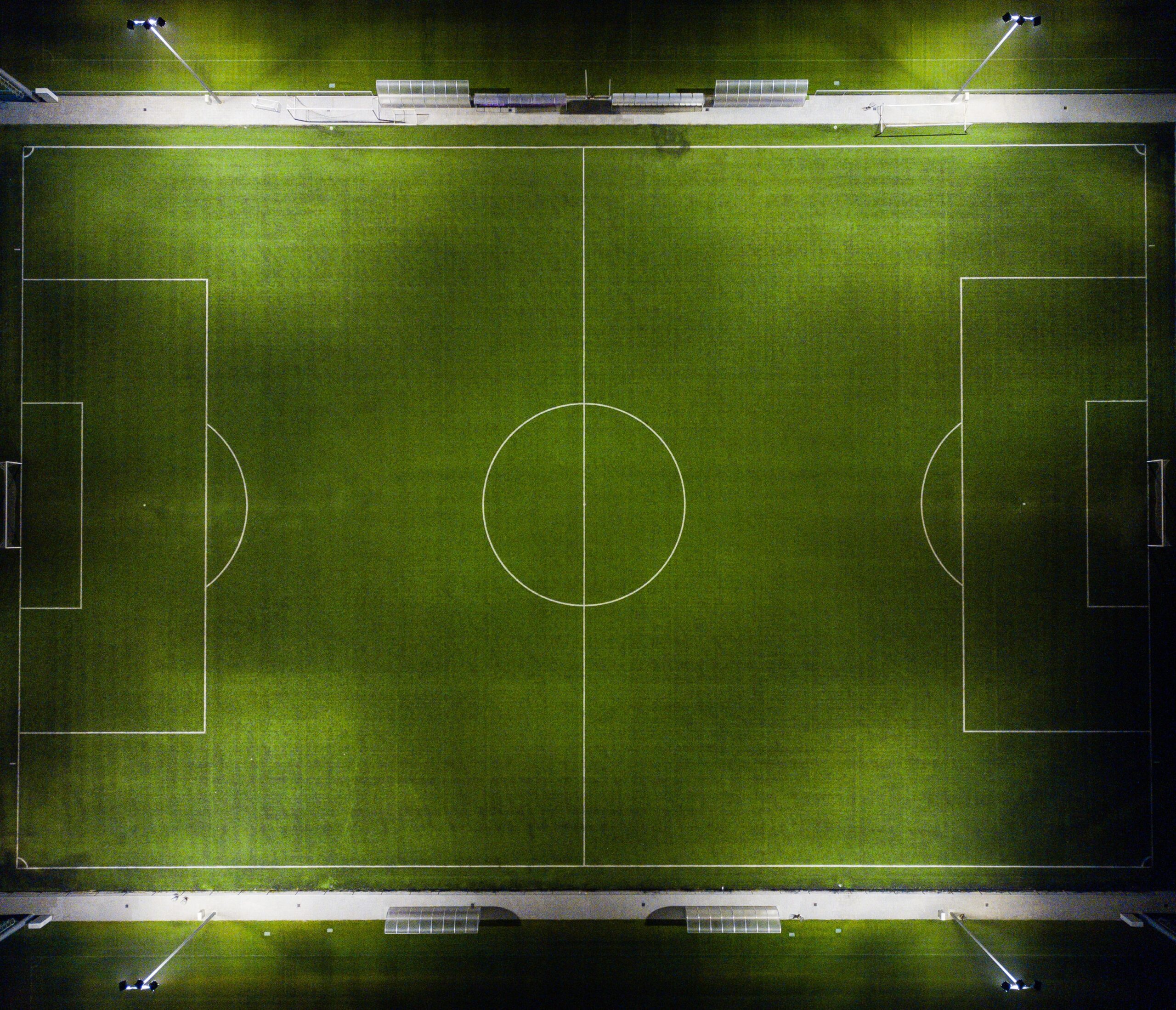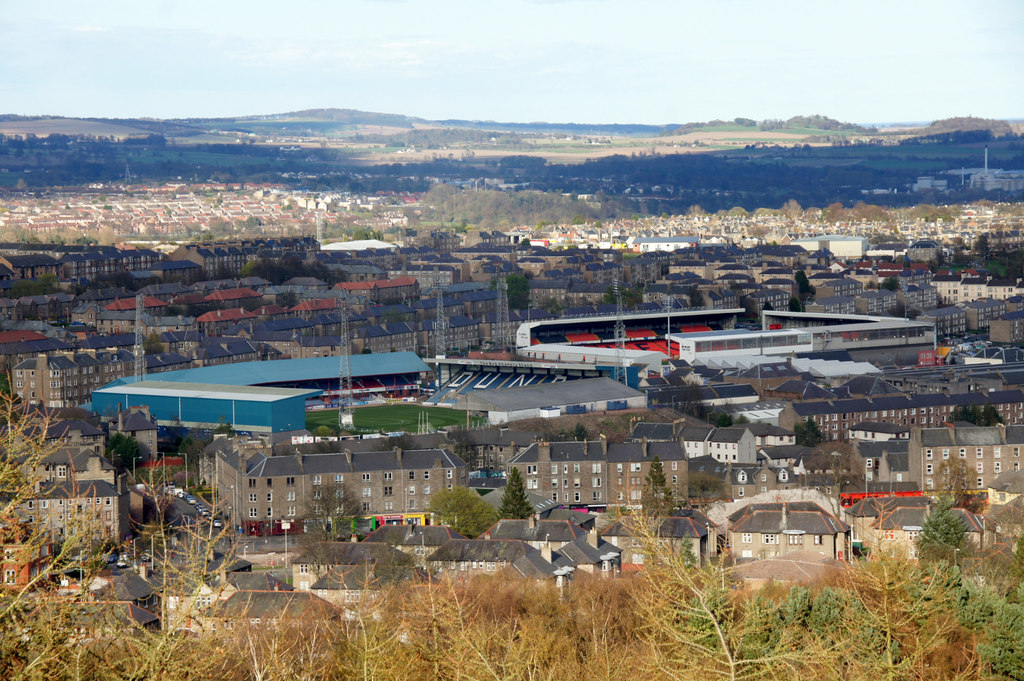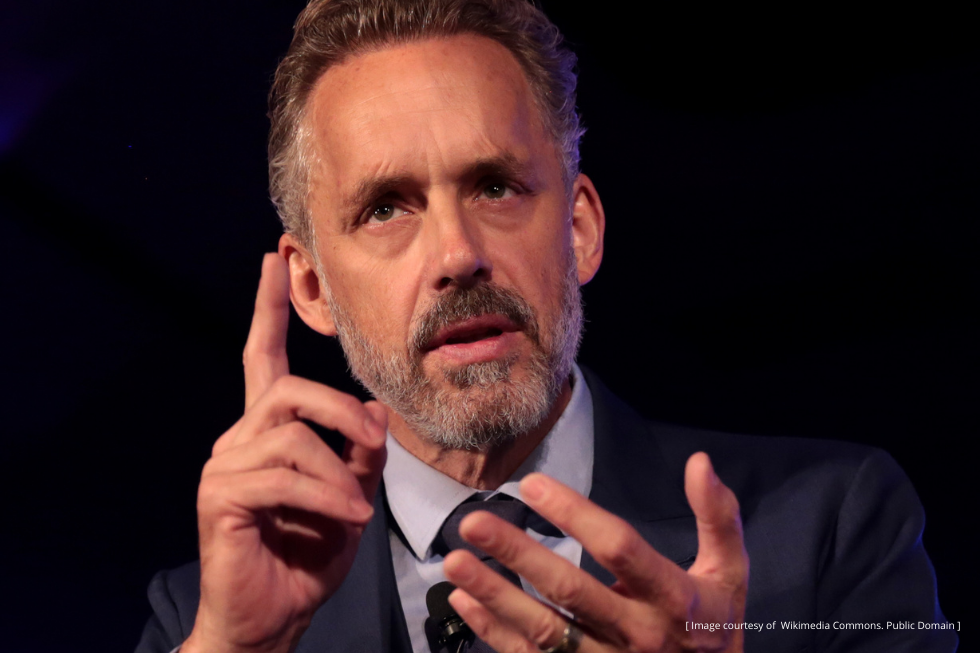
The Tayside Derby: a game of two halves
John-Luke Harris finds a corner of Britain where football fans have learned to disagree without being disagreeable.
A glass soars through the air, smashing against the wall, narrowly missing the recently purchased flatscreen TV. The atmosphere in the south Manchester bar where I was working at the time had soured in an instant, yet the whole scene appeared to happen in slow motion. What had brought on this visceral and alarming reaction?
Marcus Rashford, then a rising star in the English Premier League, had scored a dramatic equaliser for Manchester United in the closing seconds of the first half.
Manchester City would go on to win this derby 2-1, marking a historic 14 consecutive wins in top-flight football for the team in blue.

I was astonished by the intense passion and emotions which had gripped the bar. Increased numbers of doormen had been drafted in to keep things under control. They were under strict instructions not to permit entry to anyone wearing football attire other than the famous pale blue shirts of Manchester City. Anyone wearing other shirts, especially a red Manchester United kit, would be immediately turned away on the assumption that they were there to cause trouble. And perhaps they were, as post-match fights were hardly a rare sight during such occasions.
I expected similar scenes from Scottish football when I relocated 300 miles north of Manchester to Dundee for my studies. I had in mind the monumental clashes between the fans of Scotland’s two footballing giants, Celtic and Rangers. These were regular features on the news, with brawls and fights between so-called supporters of both Glasgow sides tarnishing the reputations of their teams.
But to understand this rivalry, a bit of history might help. The rise in Glasgow’s industrial trade gave Irish migrants an opportunity to escape the Great Famine of 1845-1852. To cater for the growing Irish Catholic communities in Glasgow, Celtic Football Club was born in 1888, founded by Brother Walfrid, a member of the Marist religious congregation, in order ‘to put food on the tables of the poor’.
With Rangers, who are predominantly Protestant, as their local rivals, it is unsurprising that cultural and religious allegiances motivated the divisions between these two teams, particularly as Catholic-Protestant tensions have always been more acute and linked to sport than is the case ‘down south’. These divisions were especially aggravated during periods of sectarian tensions in the 1980s and 90s.
I was therefore surprised to hear from Dundee United historian Tom Cairns that, much like Celtic FC, Dundee United was also established to cater for the growing Irish population which had immigrated to Dundee as the city’s famous ‘jute, jam and journalism’ industries were developing. Dundee United was founded in 1909, originally under the name Dundee Hibernian or ‘The Hibs’. This was a nod to their Irish heritage.
But despite the apparent similarities in heritage with the teams of the west coast, the rivalry between Dundee United and Dundee FC is much more amicable. Both Tayside teams have proudly fielded Catholics and Protestants since their inceptions. This is in stark contrast with Rangers’ highly controversial signing of Maurice Johnston, in 1989 – the first Catholic ever to be allowed to play for the club. The subsequent outcry garnered significant media attention, highlighting the ever-present sectarianism dividing Glasgow.
The Glasgow divide, much like the meandering River Clyde, separates the city into distinct areas: Rangers, situated in the south west in a largely Protestant zone, and Celtic, north of the Clyde in the east end which was traditionally a Catholic heartland.
This geographic divide is not something Dundee fans have had to contend with.
Here, there are no isolated districts predominantly associated with one club or another, as is the case in Glasgow and Manchester. Instead, the Tayside clubs share the same street!

From atop the Dundee Law, a prominent viewpoint in the centre of the city, the proximity of the two rival stadiums really comes to light. With only 183 metres separating the homes of Dundee FC at Dens Park and United’s Tannadice Park, this is the closest football derby in the UK.
It is often reported that fans of each club will drink in the same bars before and after a game – though a significant goal difference may see supporters of the losing side attempt to avoid the other. When outside teams venture to one of the Dundee stadiums, it is not unusual for fans of Dundee FC or United to put aside their rivalries to unite against an even greater external foe.
Often the respect and support for the community transcends the rivalry between the two teams.
With Dundee having the second-highest suicide rate in Scotland, two Dundee FC fans have established a community service to support those facing mental health challenges. “The group we set up is for any fan – not just tangerine and blue – but any colour of whatever team folk support,” writes Paul Murphy, founder of Walk and Blether.

There are concerns, however, that the younger generations of fans are becoming more sectarian.
Speaking with Tom Cairns, who has been a supporter of Dundee United since 1961, brought home to me how long-standing fans of the club are concerned to see this new trend in younger fans.
“With the arrival of social media, the relationship of both sets of fans has deteriorated, and the friendship of supporters during my formative years has changed. Whilst certainly not based on religion, and not as nasty as that which I have seen in the west coast, it bears no resemblance to that time of my youth when I and many others visited Dens Park one week and Tannadice the other.”
It would seem that this deterioration in relations is characteristic not only within football, but also in the wider political sphere. Jean Twenge describes in her book iGen, how the advent of smartphones and social media has contributed to political polarisations amongst young people, in particular those born after 1995.
Whilst tribalism has been an aspect of humanity since time immemorial, the algorithms of Facebook, YouTube, Instagram and Twitter can serve as echo chambers, reinforcing and exaggerating pre-existing views.
It could be that these polarisations are now extending into the realm of football support.
Much of the success of Tayside’s amicable rivalry has been attributed to the small size of the city and the physical proximity of both clubs. As a city with a population of only 150,000, supporters from both teams often work and live alongside each other. It’s hard to have disdain for your rivals when they are also your friends and neighbours.
Nevertheless, as Dundee continues to grow thanks to major developments of the waterfront, including the architecturally astounding V&A museum, people are asking themselves if this might increase the divide between the two clubs.
Will the continued rise in social media ignite a more extreme tribalism in football?
These questions may have serious implications for Scotland’s footballing future. It seems, however, that the Dundee teams have both set out to prevent this by re-investing in their shared community. Within the past five years, both teams have established community trusts to advance community development and participation in sport.
Perhaps the Tayside Derby can offer us a lesson on how to maintain a healthy rivalry by promoting what unites us over that which divides. Through supporting the shared community, the Dundee teams have demonstrated the essence of true sportsmanship.
Like what you’ve read? Consider supporting the work of Adamah by making a donation and help us keep exploring life’s big (and not so big) issues!


2 Comments
Joy Harris
Splendid article John-Luke, I do hope the small differences can be managed. This aggressive rivalry is ruining the game.
Well done your prose is certainly improving and your choice of topic very relevant
John-Luke Harris
Thank you, I am glad you enjoyed this article.
This was a very different writing style that I am not particularly familiar with, however I am enjoying the challenge!
I hope to produce more pieces in a similar style.
All the best,
John-Luke